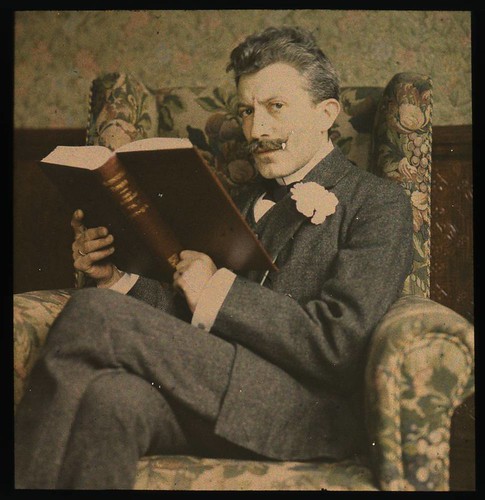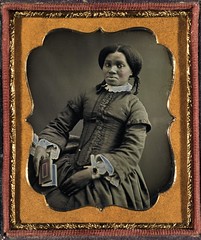
Rob Lillis from Evalumetrics Research helped us develop the questions and will serve as the facilitator for each focus group session.
- We will be asking the group to differentiate between surival, ambition and greed
- We will then ask how these characteristcs influenced those who shaped the history of our area. We will offer examples of people who were involved in the time period in question.
- Then we will ask what they would want or need to know about these characters to help better understand what motivated them. How would one know if they were ambitious, greedy or just trying to survive?
- Finally, What method or media would help the respondant better learn about the characters that shaped the development of WNY.
Simple? Maybe. We'll see
The focus groups will begin in Canandaigua. We have appointments with the schools. The other group of adults were solicited from the general public, the local Rotary Club and a history book club that meets periodically at the museum.
Then we will move into western New York to seek input. A post on the Museumwise (A regional musuem group) list serve seeking locations for focus groups was fruitless. Then we drafted a letter and sent it personally to all our museum contacts in the region. Two days after we mailed it we received an e-mail response from the Niagara Co. Historical Soceity, who were agreeable. They asked for a bit more information which we responded to immediately. We will likely hear from more next week.....
Speaking of next week, we will hold our information focus groups on Wednesday and Thursday; two each day. Then we will return to a local school for a Noon session on Friday.
Little by little the exhibit will come into focus.





